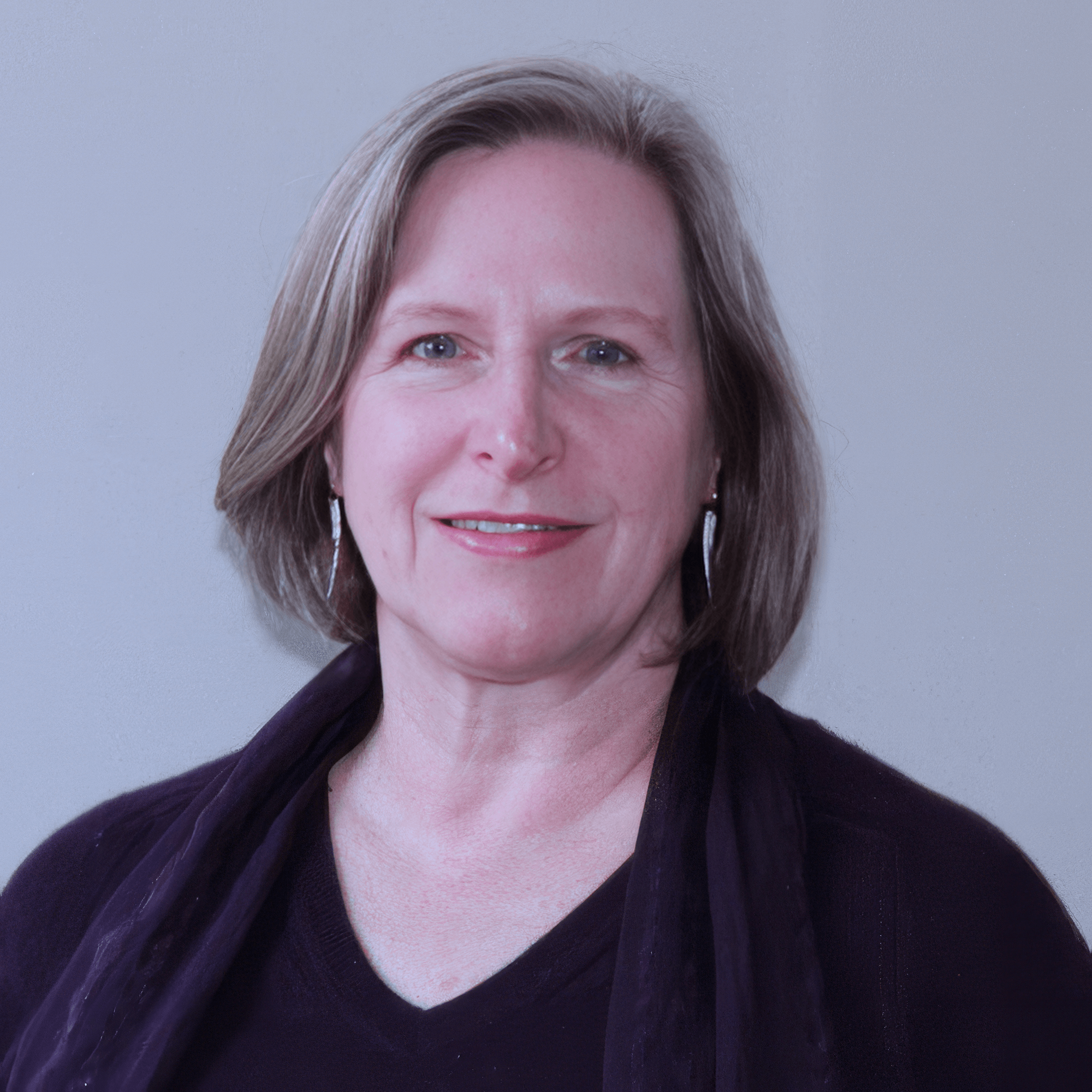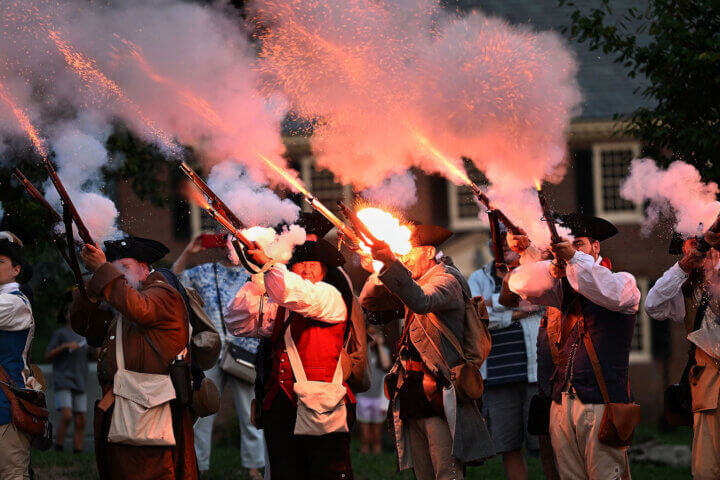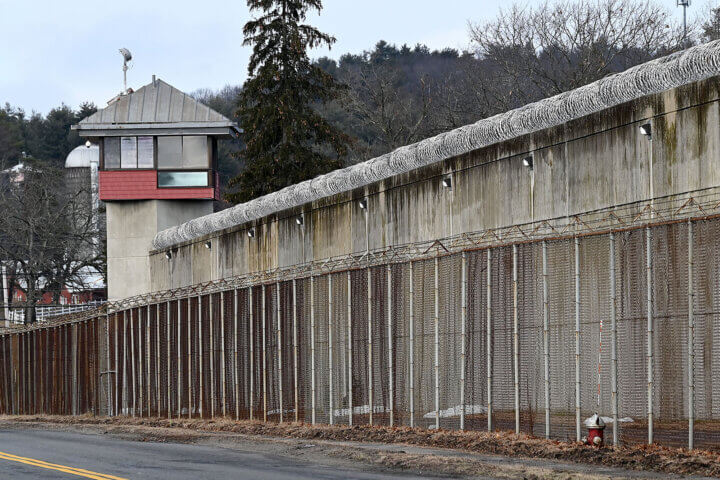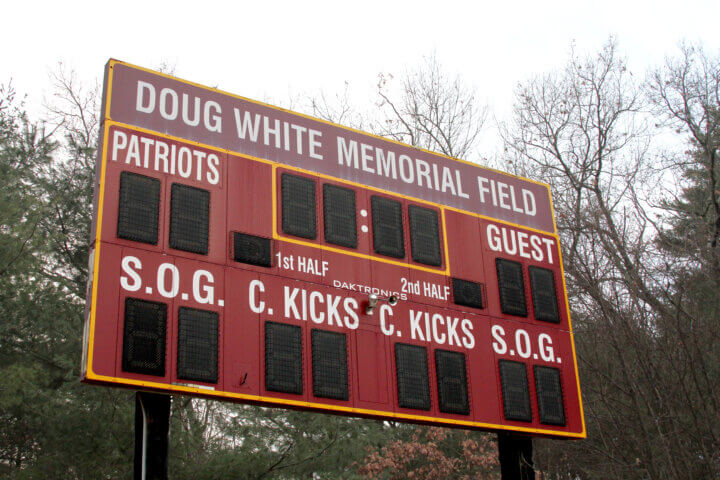The Thoreau birthplace site on Virginia Road is set off from its better-known counterparts in Concord, several miles from the North Bridge, well past Sleepy Hollow Cemetery and a few miles from Walden Pond.
A visitor unfamiliar with Concord would need a good map to locate the white house set along the winding road near the Bedford line. But this place is Marcia Rasmussen’s favorite spot in Concord.
“If I’m forced to pick one, yes, that is the one. I babysat that site for 10 years after it was acquired,” she said.
Rasmussen names Egg Rock, the small promontory overlooking the confluence of the Sudbury and Assabet rivers as number two on a long list of favorite spots.
Rasmussen comes to those opinions from a unique perspective: She’s been in the land use and planning department for more than 37 years, now serving as director of land management. What that means every time someone comes before the town to make use of some land, it crosses her desk. Before the Bruce Freeman Rail Trail was pushed to White Pond, she would have walked the abandoned rail spur; after the Thoreau birth site was acquired, she would have become familiar with almost every acre.
“It just kind of felt like it was time,” she said.
During her tenure, the town’s many boards and committees have evolved. There have been three long-range plans, four different housing plans; the creation of the Concord Center Cultural District, and the West Concord Junction Cultural District, and the formation of the Bruce Freeman Rail Trail Committee formed in 2004.
Her career will be bookended by the Bruce Freeman Rail Trail. When she started, she was handed the initial feasibility study; as she leaves, the bridge over Route 2 is opening, linking Concord’s White Pond with Lowell’s Showcase Cinema along a narrow strip of asphalt that has become a popular destination for bike riders, runners and walkers.
“They finished the final coat of asphalt, then we will do a walkthrough and a punch list, then be done,” she said.
It’s no accident Rasmussen ended up in Concord. Originally from New York state, she started to learn about Concord, the town’s connection to history and the efforts of residents to preserve and promote that history.
“I actually fell in love with the town before I ever came to town,” she said.
While working in Syracuse, she ran across a cookbook put out by the Concord Antiquarian Society (now the Concord Museum) and she became fascinated with life in Concord, starting, she said, with April 19.
“I thought ‘Gee, it would be fascinating to be part of that kind of community,’ that revolved around activities of a community nature,” she said.
Now, close to four decades later, she is quick to say Concord – the residents of Concord – have exceeded her expectations.
“The people,” she said. “The level of engagement, the level of intelligence, the creative thinking that goes into decision making, the quality of the boards and committees I’ve worked with over the years, the level of support provided, to my office, to me, has just been amazing.”
According to Rasmussen, she loves the history, learning that when Concord was first settled by Europeans, the colonists had to reach consensus as they divided land.
Then, moving further back to the indigenous people who called the area home, she had to learn quickly how to handle development on potentially important indigenous sites.
“It’s wonderful to work with someone so accomplished, so reliable and so capable of understanding what Concord needs and how to make things happen here,” said Carlene Hempel, a West Concord resident who worked with Rasmussen on a variety of committees and boards, most focused on West Concord.
“She is the opposite of an obstructionist, finding ways to reach consensus on sometimes contentious issues,” Hempel said.
Concord residents are capable, accomplished people who hold strong opinions. Rasmussen has a gift for finding consensus, even when discussion around issues grew rancorous.
“She’s a marvel,” Hempel said. “The town is really going to suffer in her absence.”
Hempel used the analogy of a sports fan, versed in every Red Sox player since Babe Ruth, able to recite statistics and results from memory. Rasmussen has a similar bear-trap memory, focused instead on land use, development and planning – an extensive, organic institutional record of a time when Concord was growing rapidly.
Among the most startling changes, Rasmussen said, was the town’s ability to achieve the state-mandated 10 percent affordable housing threshold.
“When I started it was around two percent,” she said. “Maybe we’ll fall behind when numbers are released at the end of the month, but that whole effort and work that we were actually able to achieve is a major change.”
A guiding principle has always been to make any development as beneficial to Concord as possible. For example, when the GenRad property was redeveloped, the town asked the developer for Transportation Demand Management grant. A decade later, that money was used to study the feasibility of building a bridge over the Assabet in West Concord, connecting the station to 300 Baker Ave.
“The biggest disappointment is I’m leaving so many unfinished projects,” she said. “There is always something around the corner.”
She does hope residents have a successful 250th celebration in two years.
For now, what’s around the corner is a farewell party on May 25, then some travel and time with family, and a steadily growing stack of books waiting to be read.






